A sticky, burnt porridge pot is not only a hassle to clean but can also impact the flavor of your meal, making it unappetizing and potentially harmful to your health. To prevent this issue, check out the tips outlined in this article.
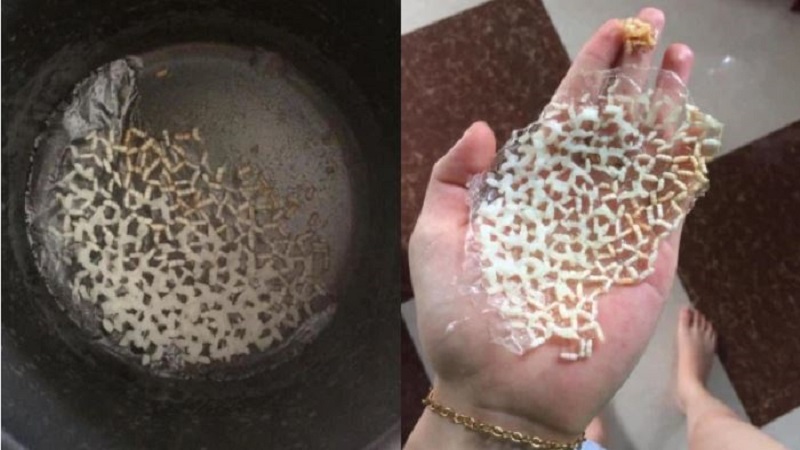
1. Troubleshooting Burnt Porridge
Even if your porridge has a slight burn and a mild aroma, there are quick fixes to rescue your meal and your cookware. Typically, burnt porridge is a result of inconsistent stirring and high cooking temperatures.
You can identify mildly burnt porridge by its subtle burnt scent, discolored appearance, or lumpy texture at the bottom of the pot when stirred. The solution depends on how early you catch the issue.
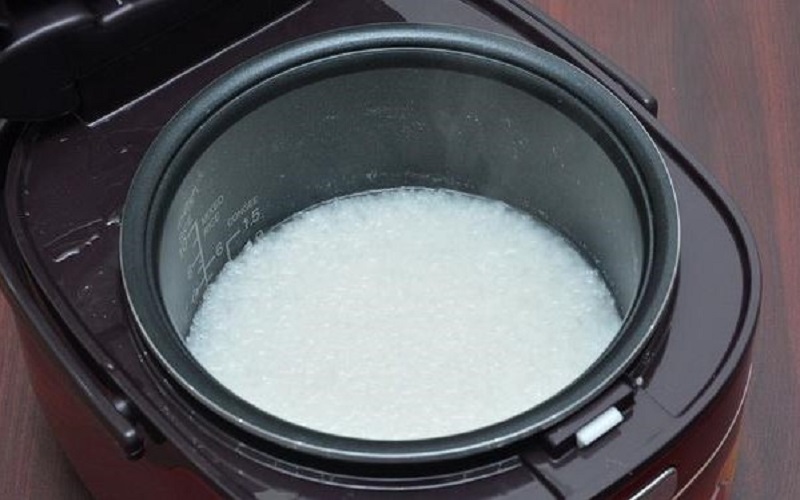
Early Detection
If you catch it early, quickly transfer the top layer of porridge to another pot and continue cooking on medium heat, stirring continuously. Alternatively, add the ingredients meant for cooking with the porridge directly into the new pot and stir constantly. If dealing with a large quantity, divide the porridge into multiple pots.
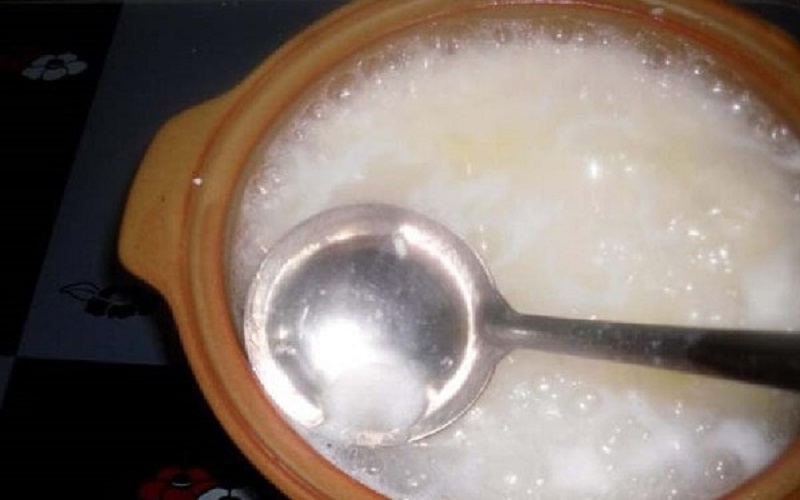
Late Discovery
If you discover the burnt porridge too late, and there’s a significant amount of burnt residue, try adding more spices or ingredients like ginger and onion to overpower the burnt aroma. However, ensure that the bottom of the pot isn’t severely charred.
If the porridge is extremely burnt, it’s best to discard it and immediately soak the pot in water for easier cleaning. Then, cook a fresh batch to ensure the health and safety of your family and yourself.
2. Cooking Porridge Without Burning
Mastering the art of porridge-making ensures a delicious and perfectly cooked meal, avoiding any burning incidents. Here are some tips to achieve that:
Water-to-Rice Ratio

The water-to-rice ratio is critical for the quality of your porridge. For the right consistency, use a ratio of 1:3 for white porridge and 1:4 for other types. This prevents burning and ensures your porridge is neither too watery nor too thick.
Soak Rice Before Cooking

Soaking the rice in water for 30 minutes before cooking softens it, allowing faster cooking and easier disintegration. This simplifies the stirring process and reduces the likelihood of burning.
Stir Twice for Even Cooking
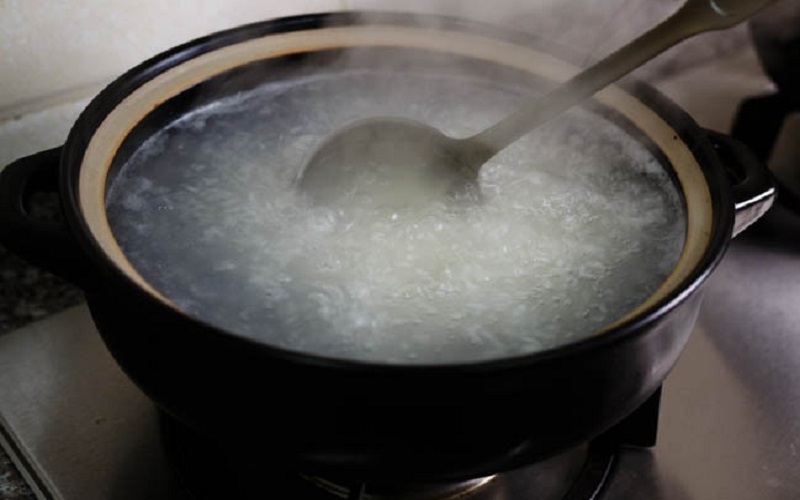
When cooking porridge, stir only twice: first, when you add the rice to the boiling water, stir in one direction, and again after 25 minutes, stirring for 3-5 additional minutes. This ensures even cooking and a creamy, nutritious consistency while preventing lumps.
Use a Rice Cooker for Precision
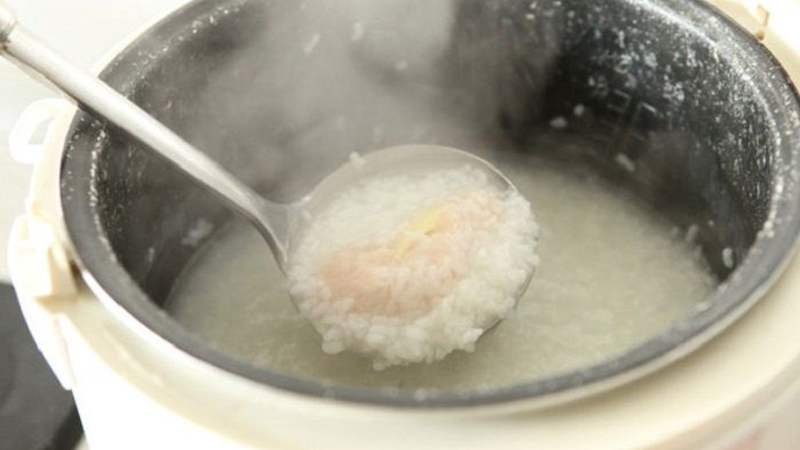
To eliminate the risk of burning due to timing issues, use a rice cooker. You can have perfectly cooked porridge in just 25 minutes with minimal effort and no burning worries.
Cook Ingredients Separately for Balanced Flavor
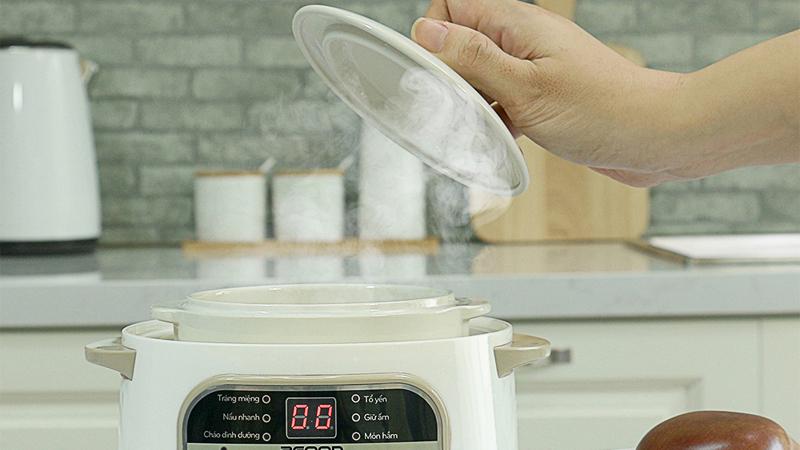
Instead of cooking all the ingredients together, prepare the accompanying ingredients separately and add them to the porridge about 10 minutes before it’s done. This ensures a more balanced flavor throughout, enhancing your culinary experience.
3. Health Risks of Consuming Burnt Porridge
As mentioned, burnt porridge is unappealing in terms of both aroma and taste. However, some people still choose to consume it to avoid waste. According to scientific research, this can be harmful to your health and may increase the risk of cancer.
Nutritionists explain that when starch in rice or other grains is exposed to high temperatures and burns, sugars react with amino acids, forming toxic compounds through the Maillard reaction. One of the most dangerous compounds formed is acrylamide, which has been linked to various cancers.
The US Food and Drug Administration (FDA) and scientific experts advise against consuming burnt food, as the safe level of acrylamide consumption is unknown. However, if you catch the burning early and address it promptly, you may be able to salvage your porridge without wasting it.
The tips shared above are invaluable for home cooks, especially those who love making porridge for their families.

































